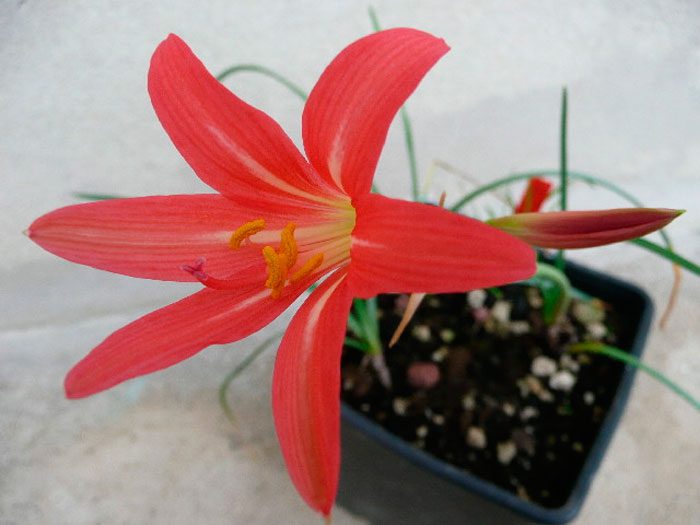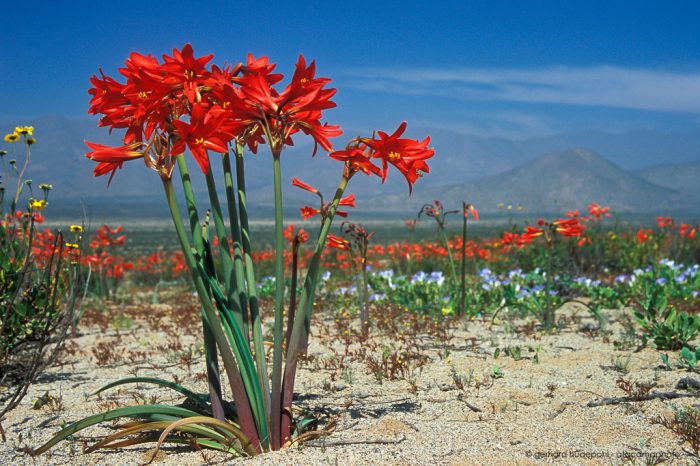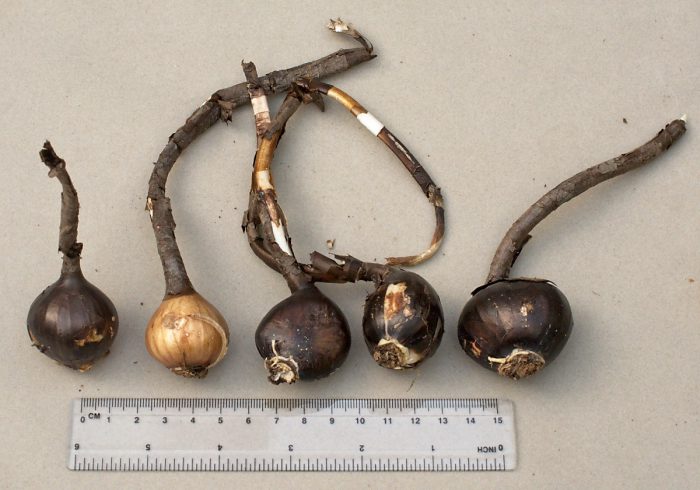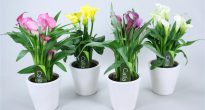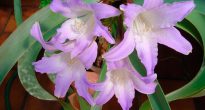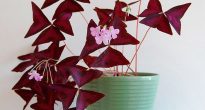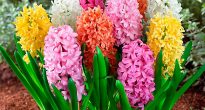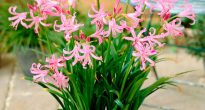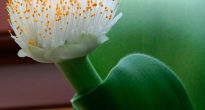A bulbous plant like rodophial (Rhodophiala), which is extremely rare, is directly related to the amaryllis family. Under natural conditions, it is found in South America, more precisely in Chile, Uruguay and Argentina. There are approximately 30 species of this plant, and several of them can be grown at home.
In nature, such plants can be found in mountainous regions. They are undemanding to the ground and can withstand sudden temperature changes and even frost.
Since it grows in an arid climate, the bulb is in suspended animation for a long time. And after the rains begin to pour in the last summer weeks, a flower arrow appears, on which flowers of a fairly large size are located. When flowering ends, a pair of narrow, belt-like leaves grow. But after the drought begins, they disappear.
Rodophiala is a rather whimsical plant that is not so easy to grow. In order for the plant to develop normally, it needs coolness during the dormant period, and good lighting during the growing season. It's good if there is a sharp change in temperature (a significant difference between day and night).
Florists are also not happy with the fact that the flower is at rest for quite a long time. A winter garden or a greenhouse is perfect for growing it. There, during a not very long flowering, you can admire beautiful, large bell-shaped flowers.
Often, the species Rhodophiala bifida is grown as a houseplant. In the wild, it can be found in Texas or Argentina. For its bright red flowers, the plant was nicknamed "the lily of bull's blood." Flowering is observed at the end of the summer period, at the beginning of the autumn.
At home, this flower is very much loved, since from a sleeping bulb, which does not need to be looked after, spectacular, very bright flowers appear sharply, located on long peduncles.
Content
Caring for Rodophial at home
Illumination
During the rest period, the pot with the bulb can be placed anywhere. However, after the flower arrow appears, it must be placed in a well-lit place.
Temperature regime
Quite a cold-resistant plant. So, Rodophial bifida, if covered and not watered, will withstand frost to minus 12 degrees. For wintering, a temperature of 5 degrees is excellent. Make sure that the ground does not dry out at this time.
Dormant period
In the wild, the plant has a dormant period during the summer drought.
When flowering ends, a pair of leaves are formed, and it is at this time that the bulb grows.When the flowering period is over, Rodophial needs to be watered for some more time. Then the watering is gradually reduced, and then it is not watered at all. Indoor flowering, as a rule, begins at the beginning of the autumn period (sometimes observed at a different time).
How to transplant
Approximately once every 2 or 3 years.
Earth mix
There are no special requirements for the soil. A suitable dredger consists of leaf and peat soil, as well as sand, taken in a 2: 2: 1 ratio. It is recommended to add some pieces of brick or rubble. The bulbs must be completely covered with the substrate during planting.
How to propagate
For reproduction, seeds are used, since daughter bulbs practically do not appear. You can buy them via the Internet, but it should be borne in mind that only fresh seeds are suitable for sowing, since they lose their germination soon enough.
Viable seeds germinate quickly (after 2 or 3 days). Seeds require soaking. After the root becomes visible, sowing should be carried out in a low and wide dish filled with sand mixed with leafy soil. Sprinkle the seeds with earth on top (layer no more than 3-5 mm). Watering is carried out using a spray and covered with foil or glass. You need to put it in a sunny and warm place.
Grown up Rodophia should be planted in separate, not very large containers. For a couple of years, they are raised without a dormant period, since they do not need it at this time.

